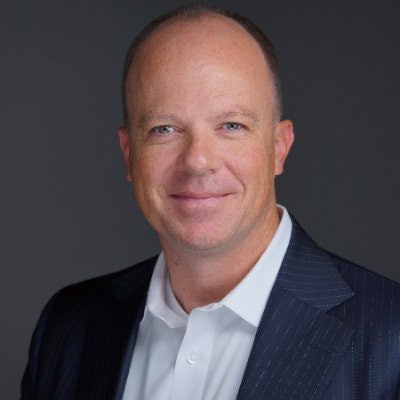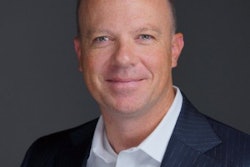
Clinical notes have always been a standard for creating narratives that get claims paid because they support the necessity for the services rendered. "If it isn't written, it didn't happen" still rules the courts when it comes to proper documentation of care.
Many dental practices do not record accurate clinical notes but instead have used templated or previously used narratives to submit to the insurance companies as proof of clinical evidence. The tables are turning, and some insurance companies no longer accept narratives as documentation of treatment rendered, especially in the situation of appealing a denied claim.
Clinical notes are now the only form that some insurance companies will consider when adjudicating a claim. See Delta Dental's Clinical Notes vs. Narratives page and summary from the document:
Narratives as documentation are not considered legal entities nor are they contemporaneous in nature. The patient record/clinical notes are considered a legal document and are contemporaneous. The only acceptable legal written documentation for utilization review is the contemporaneous treatment notes.
 James Anderson, DMD.
James Anderson, DMD.What is the standard for clinical notes that can be used for a dental claim (as an attachment)? The medical industry has used the SOAP format (subjective, objective, assessment, plan) for decades, and it is recommended now to dentists because of the changes in coding and billing services to medical and dental policies. The practices that use the SOAP method and record findings in the patient's chart will not have trouble documenting claims. The practices that have not written notes unique to that patient's care will have to discipline themselves to learn and ensure that the clinical and business team understands the value, purpose, and fundamentals.
Check with your dental software company because many updated versions can help you create proper clinical notes. Many dental software systems have templates for creating clinical records that can also be customized to each patient. The clinical chart notes must be unique to the patient evaluated. Using other patients' narratives to "get the claim paid" because it worked for that patient is not the ethical or legal way to write clinical notes or create stories.
Documenting the discussion and what was performed creates a story for providers that will see this patient in the future, legal, and insurance documentation and gives clarity of thought to the patient's situation at that time.
- Before entering clinical record notes in the computer software or on the paper chart, always verify that you have the correct patient's record. It can be very problematic to record the information in the wrong chart.
- Give the clinical note a "heading" to identify the subject of the note, such as "post crown lengthening surgery th #2."
- Note the correct date and time. Computer charting will do this for you.
- Provide your name (author of note) by printing full name, license, and signature.
For SOAP notes, use this standard format to provide the substance of the evaluation.
- Subjective: Write down the patient story in lay terms as the patient explains his or her symptoms and thoughts.
- Objective: What do you observe from the patient's behavior and symptoms? Write your examination/evaluation findings, including diagnostic tests, lab tests, and visual findings.
- Assessment: From the results of the objective information, make an assessment or diagnosis/prognosis of the situation.
- Plan: What is happening now, and what are your plans to treat or not treat this patient? Write out the suggested course of action and responsibility of the patient and the provider(s).
Once you build this valuable habit to provide SOAP notes on every patient, it will become easier and faster. It will create the proper documentation to secure payment of dental claims and ensure adequate dental/medical records for now and the future.
James Anderson, DMD, is a practicing dentist in Syracuse, UT, and is the CEO and founder of eAssist Dental Solutions. He can be reached via email.
The comments and observations expressed herein do not necessarily reflect the opinions of DrBicuspid.com, nor should they be construed as an endorsement or admonishment of any particular idea, vendor, or organization.



















